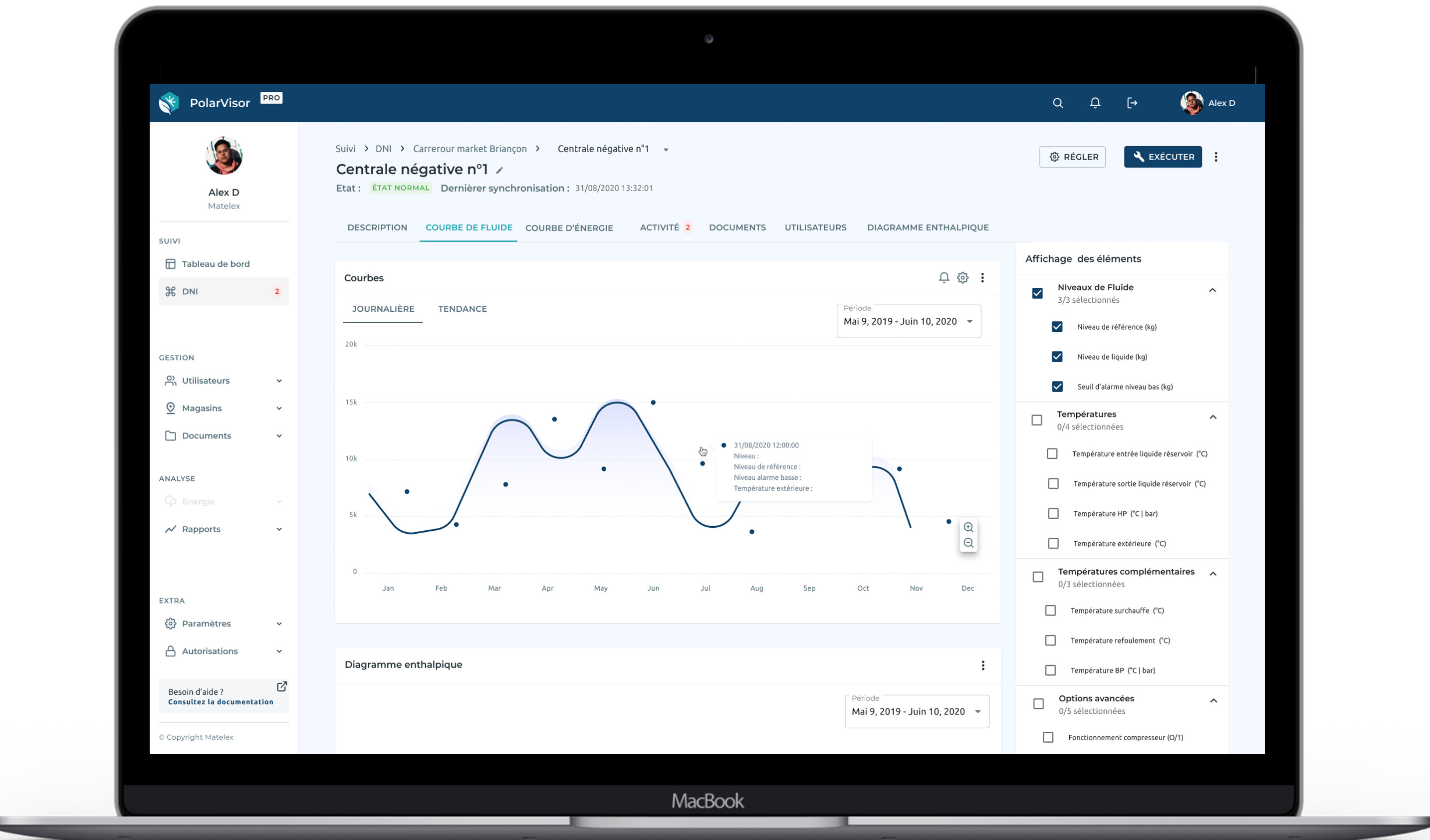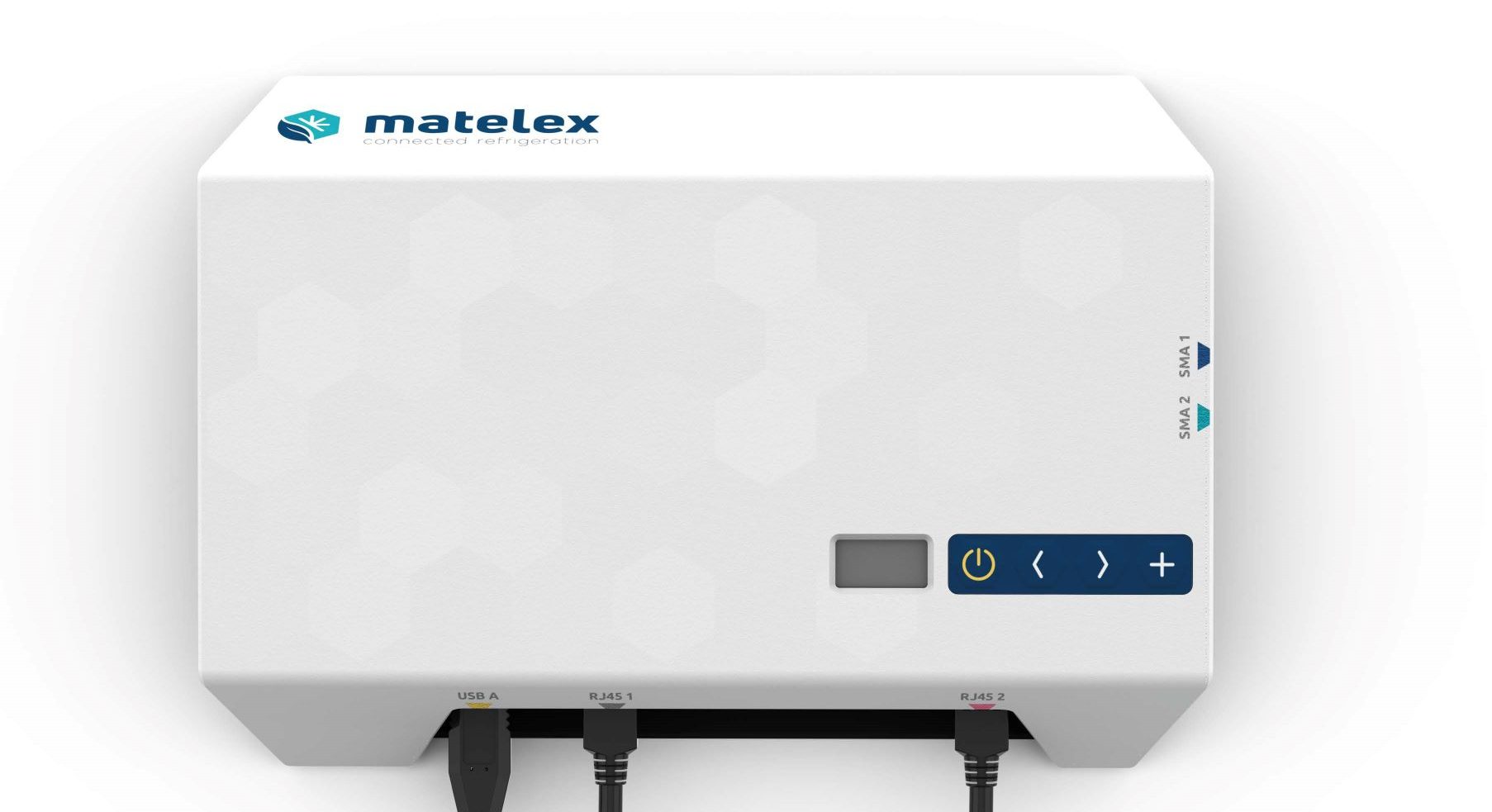Regulations • 06.03.2020
Regulations applicable to DNI & performance validation

I/ Regulations applicable to DNI
1. European regulation N°517/2014 “F-Gas”: regulatory obligation 500 t eq. CO2
Article 5(1): “Operators of equipment listed in Article 4(2)(a) to (d) containing fluorinated greenhouse gases in quantities of 500 tonnes or more of CO2 equivalent shall ensure that such equipment is fitted with a leak detection system to alert the operator or a maintenance company in the event of a leak.
The DNI meets this regulatory requirement, and direct detection also falls within this framework.
2. French Order of 29/02/2016 defining the indirect measurement method
The indirect measurement method was defined by the French decree of 29/02/2016 :
A leak detection device using the indirect measurement method is a permanent device that analyses at least one of the following parameters:
a) Pressure;
b) Temperature;
c) Compressor current;
d) Liquid levels;
e) Volume of refill.
The DNI is compliant and analyses several or all of these parameters (with modules).
3. French Order of 17/07/2019: obligation to use the indirect method
This French decree goes further than F-Gas II and requires the installation of a leak detection system using indirect methods for installations with a refrigerant charge ≥ 500 t CO2 eq.
For installations containing less than 500 t CO2 eq of refrigerant, leak detection by indirect methods is not compulsory, but installing a DNI can halve the frequency of leak checks.
Summary of the French decree of 19/07/2019 :
Mandatory indirect method: installations containing quantities of refrigerant equal to or greater than 500 T CO2 eq (e.g. 128 kg of R-404A) must be fitted with a permanent leak detection system using indirect measurement methods, with an alarm triggered to inform the operator in the event of a leak. Alarm thresholds to be respected:
- 50g/h
- 10% of the volume of the equipment
The direct detection method (mobile detectors, room monitors, pressurisation, etc.) is not authorised if the indirect method is possible. Portable detectors, foaming and fluorescent products are reserved for leak detection and periodic leak testing.
If indirect method impossible → direct method. If an installation cannot be fitted with a detector using the indirect measurement method for technical reasons (absence of a liquid tank, particular design or process, etc.), then the direct method is authorised. Please note: a prior study justifying the impossibility of installing an indirect method must be carried out by a qualified person independent of the owner and operator of the installation. The alarm thresholds are identical (some specific calculations will be required).
- 50g/h
- 10% of the volume of the equipment
The choice of such a detection system must be justified by a prior study carried out by a qualified person independent of the owner and operator of the installation. This study must justify the technical impossibility of installing a detection system using indirect measurement. This study specifies and justifies the threshold for triggering the alarm in the event of an HFC leak (50 grams per hour or 10% of the charge, in tonnes, of the fluid contained in the equipment). This study must be kept by the operator so that it can be made available to DREAL/DRIEE officials in the event of an inspection.
If neither the indirect nor the direct method is possible → alternative system analysing at least one of the following parameters: pressure, temperature, compressor current, liquid levels, volume of the refilled quantity. This system must be linked to an alarm. A study will also have to be carried out to show why it is not possible to install the above two options. This study should indicate the corrective measures implemented to detect leaks as quickly as possible. The system installed will not make it possible to reduce the frequency of leak checks and will therefore require more frequent leak checks (every 3 months).
The choice of such a detection system must be justified by a prior study carried out by a qualified person independent of the owner and operator of the installation. This study must justify the technical impossibility of installing a detection system using indirect and direct measurement. This study must indicate the corrective measures implemented to detect and limit leaks as quickly as possible. This study must be kept by the operator so that it can be made available to DREAL/DRIEE officials in the event of an inspection. Choosing this type of detection system means more frequent leak checks (see table showing the frequency of leak checks).
As a general rule, for the 3 types of method below, plant operators must keep an up-to-date register specifying :
- Fluids for which the permanent detection system is suitable,
- A list of maintenance operations to keep it in good working order,
- The results of the checks carried out,
- Corrective actions to be taken.
4. Leaktightness checks: new intervals following the order of 17/07/2019

The French decree of 17/07/2019 redefines the frequency of leak checks:
It shows that a detection system using indirect measurement methods can halve the frequency of leak checks.
5. Response times in the event of a leak
Any suspected refrigerant leak will be investigated by direct measurement: – within twelve hours if the equipment load is equal to or greater than 500 tonnes of CO2 equivalent; – within twenty-four hours in all other cases.
For France, Sentinelle indicates the time required to respond to an email alert.
6. Annual inspection of detectors (fixed and portable)
French Order of 17/09/19: “Leak detection devices are checked at least once every twelve months to ensure the accuracy of the information relating to the fluid load of the equipment circuits that they supply.”
How do you carry out this maintenance?
- Involve an authorised body to check the entire installation. This organisation will invoice you for the service and issue you with a calibration certificate.
- Replace the solution measurement chain yourself. Matelex offers a maintenance kit to ensure the accuracy of the measurements taken and analysed by the DNI. It includes :
- A strain gauge
II. Performance validation
The device is connected to an alarm informing the operator of any leak detected. Leak detection devices are designed and implemented in such a way as to enable the alarm to be triggered at the latest when the leak leads to the greatest of the losses mentioned below: 50 grams per hour or 10% of the volume of fluid contained in the equipment.
1. Essais Armines – May 2017 :


Conclusion: “In this case, the DNI makes it possible, in the context of an increasing “rapid” leak, to warn of the existence of a leak before the installation has lost more than 10% of its charge, in accordance with the regulations”.
Le DNI est breveté depuis 2009. Sa capacité à déclencher une alarme au bon moment et sans alarmes intempestives a été testée par le Cemafroid dès 2011.




